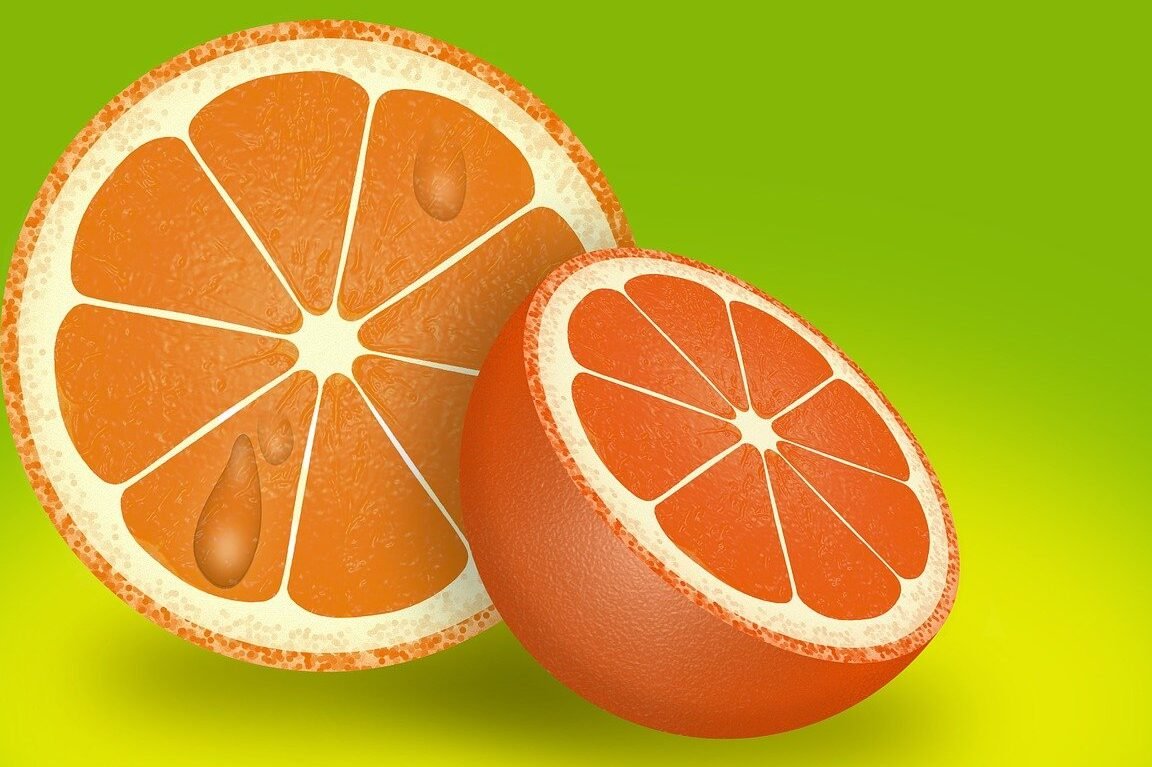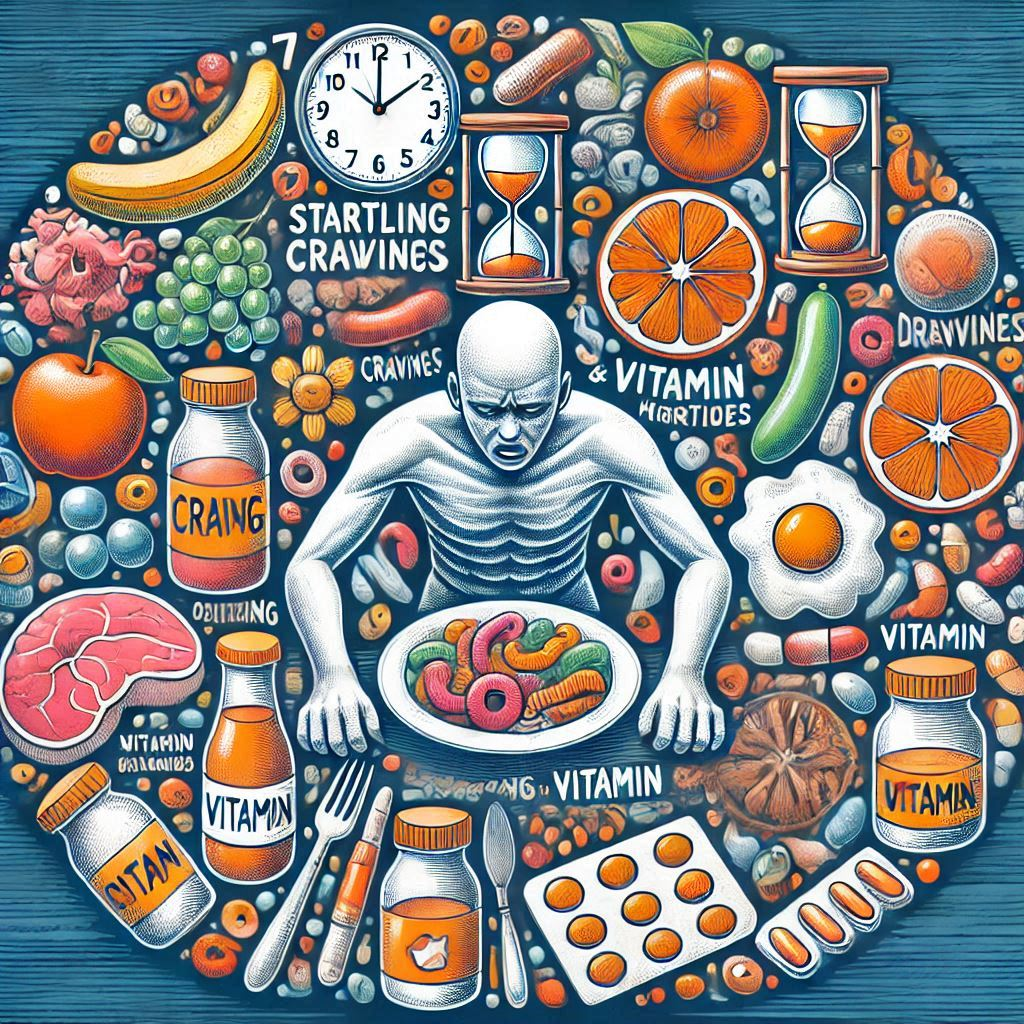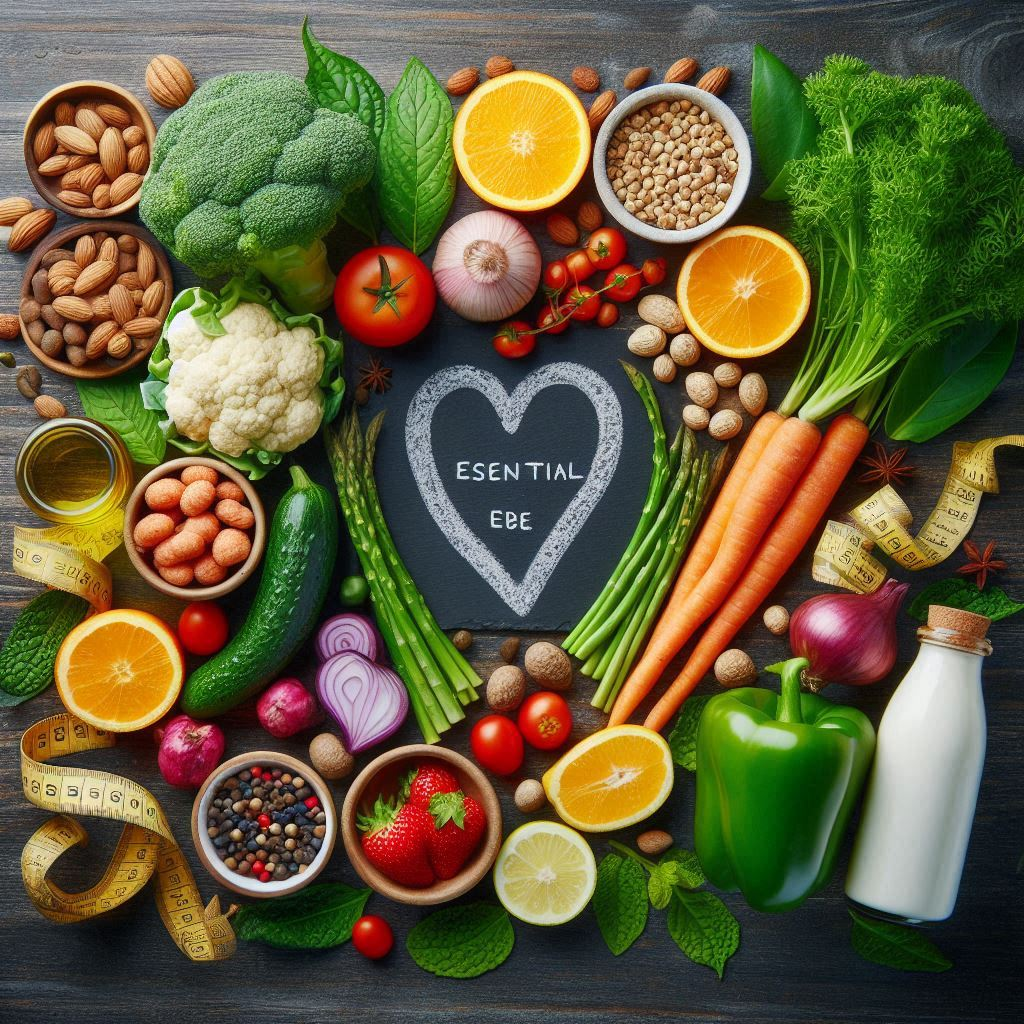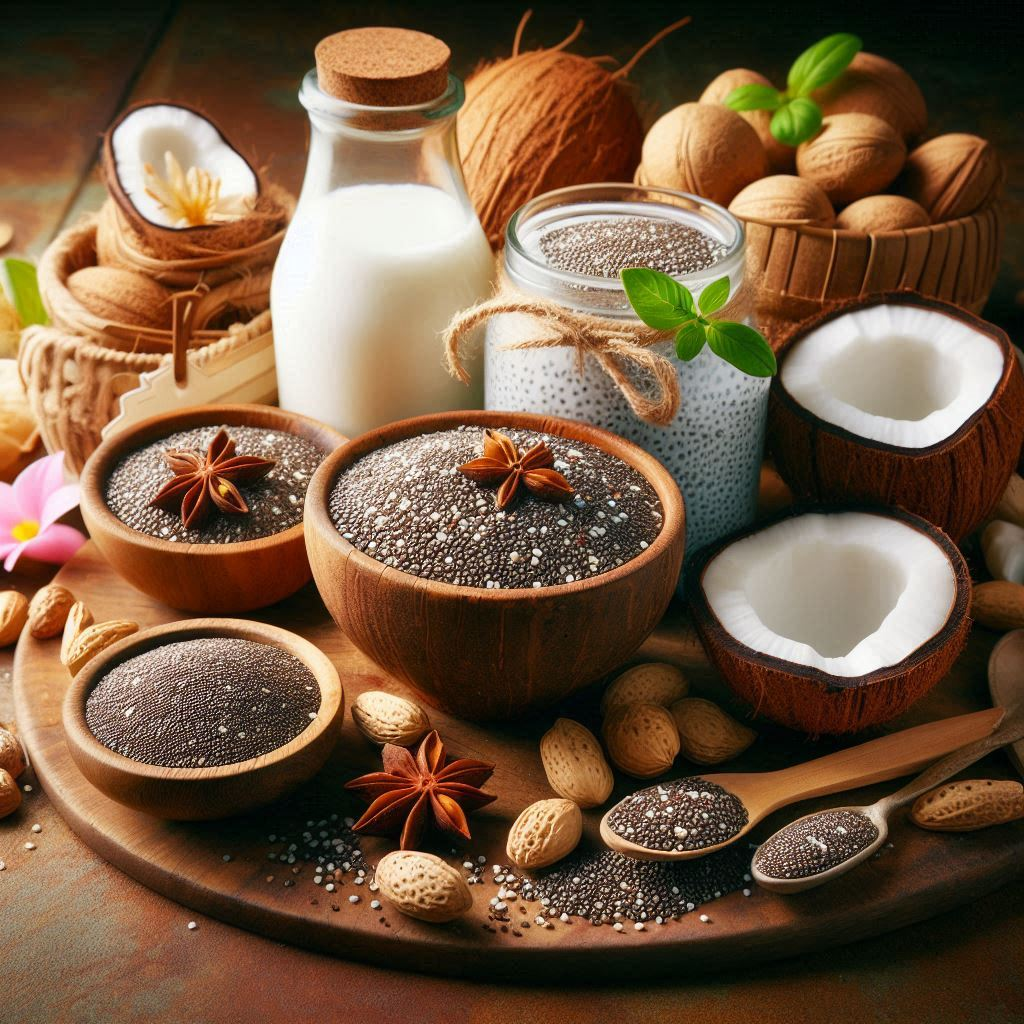Foods rich in vitamin D3 boost bone health, immunity, and mood. 8 powerful sources and their benefits for a healthier you!
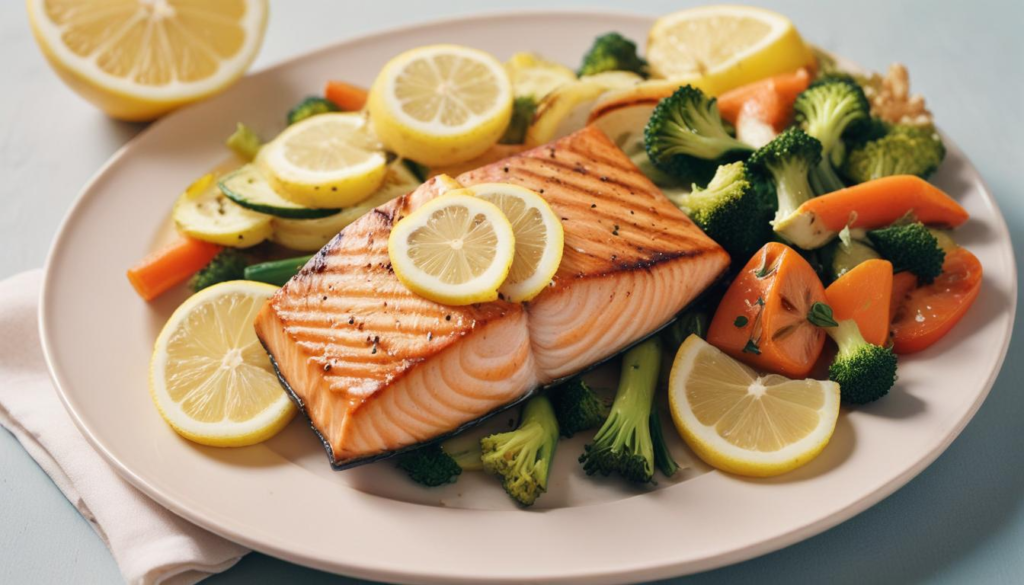
8 Powerful Foods Rich in Vitamin D3
Vitamin D3, also known as the “sunshine vitamin,” is essential for strong bones, a healthy immune system, and overall well-being. While sunlight is the primary source of vitamin D3, certain foods can help you meet your daily requirements. In this article, we’ll explore 8 powerful foods rich in vitamin D3, their benefits, and how to incorporate them into your diet.
Why Vitamin D3 is Essential for Your Health
Vitamin D3 plays a crucial role in:
- Bone Health: It helps absorb calcium and phosphorus, strengthening bones and teeth.
- Immune Function: It boosts immunity, reducing the risk of infections.
- Mood Regulation: It supports mental health by regulating serotonin levels.
- Muscle Function: It improves muscle strength and coordination.
Despite its importance, many people suffer from vitamin D3 deficiency due to limited sun exposure and poor dietary choices.
8 Powerful Foods Rich in Vitamin D3
1. Fatty Fish
- Examples: salmon, mackerel, sardines, and tuna.
- Benefits: Fatty fish are among the best natural sources of vitamin D3. A 100-gram serving of salmon provides about 570 IU of vitamin D3.
- How to Include: Grill, bake, or steam fish for a healthy meal.
2. Cod Liver Oil
- Benefits: One tablespoon of cod liver oil contains approximately 1,360 IU of vitamin D3.
- How to Include: Take as a supplement or mix into smoothies.
3. Egg Yolks
- Benefits: Egg yolks are a convenient source of vitamin D3, providing about 40 IU per yolk.
- How to Include: Add boiled or scrambled eggs to your breakfast.
4. Fortified Foods
- Examples: milk, orange juice, and cereals.
- Benefits: Fortified foods are enriched with vitamin D3, making them an easy way to meet daily requirements.
- How to Include: Start your day with fortified cereal or a glass of fortified milk.
5. Mushrooms
- Types: Shiitake, maitake, and UV-exposed mushrooms.
- Benefits: Mushrooms exposed to sunlight can produce vitamin D3. A cup of UV-exposed mushrooms provides about 400 IU.
- How to Include: Add to salads, soups, or stir-fries.
6. Cheese
- Types: Swiss, cheddar, and ricotta.
- Benefits: Cheese contains small amounts of vitamin D3, with Swiss cheese offering about 6 IU per ounce.
- How to Include: Use cheese in sandwiches, pasta, or as a snack.
7. Beef Liver
- Benefits: A 100-gram serving of beef liver provides about 50 IU of vitamin D3.
- How to Include: Cook with onions and herbs for a flavorful dish.
8. Tofu
- Benefits: Fortified tofu is a plant-based source of vitamin D3, offering about 100 IU per serving.
- How to Include: Use in stir-fries, salads, or as a meat substitute.
Benefits of Vitamin D3-Rich Foods
1. Supports Bone Health
Vitamin D3 helps the body absorb calcium, preventing conditions like osteoporosis and rickets.
2. Boosts Immunity
It enhances the immune system, reducing the risk of infections and autoimmune diseases.
Improves Mood
Vitamin D3 regulates serotonin levels, helping combat depression and anxiety.
4. Enhances Muscle Function
It improves muscle strength and coordination, reducing the risk of falls and injuries.
How to Incorporate Vitamin D3-Rich Foods into Your Diet
1. Plan Balanced Meals
Include a variety of vitamin D3-rich foods in your daily meals.
2. Try New Recipes
Experiment with recipes like grilled salmon, mushroom stir-fry, or fortified smoothies.
3. Take Supplements if Needed
If you’re unable to meet your vitamin D3 requirements through food, consider supplements after consulting a healthcare professional.
Vitamin D3 Deficiency: Signs and Solutions
Signs of Deficiency
- Fatigue
- Bone pain
- Muscle weakness
- Frequent infections
Solutions
- Increase sun exposure (10–30 minutes daily).
- Consume vitamin D3-rich foods.
- Take supplements if necessary.
Frequently Asked Questions (FAQs)
1. How Much Vitamin D3 Do I Need Daily?
The recommended daily intake is 600–800 IU for adults.
2. Can I Get Enough Vitamin D3 from Food Alone?
While food helps, sunlight and supplements may be necessary to meet daily requirements.
3. Are There Any Risks of Excessive Vitamin D3?
Excessive intake can lead to toxicity, causing nausea, vomiting, and kidney problems.
Conclusion
Incorporating 8 powerful foods rich in vitamin D3 into your diet can significantly improve your bone health, immunity, and overall well-being. From fatty fish to fortified foods, these sources are easy to include in your daily meals. Combine them with sunlight exposure and a healthy lifestyle for optimal results. Start today and enjoy the benefits of a vitamin D3-rich diet!

